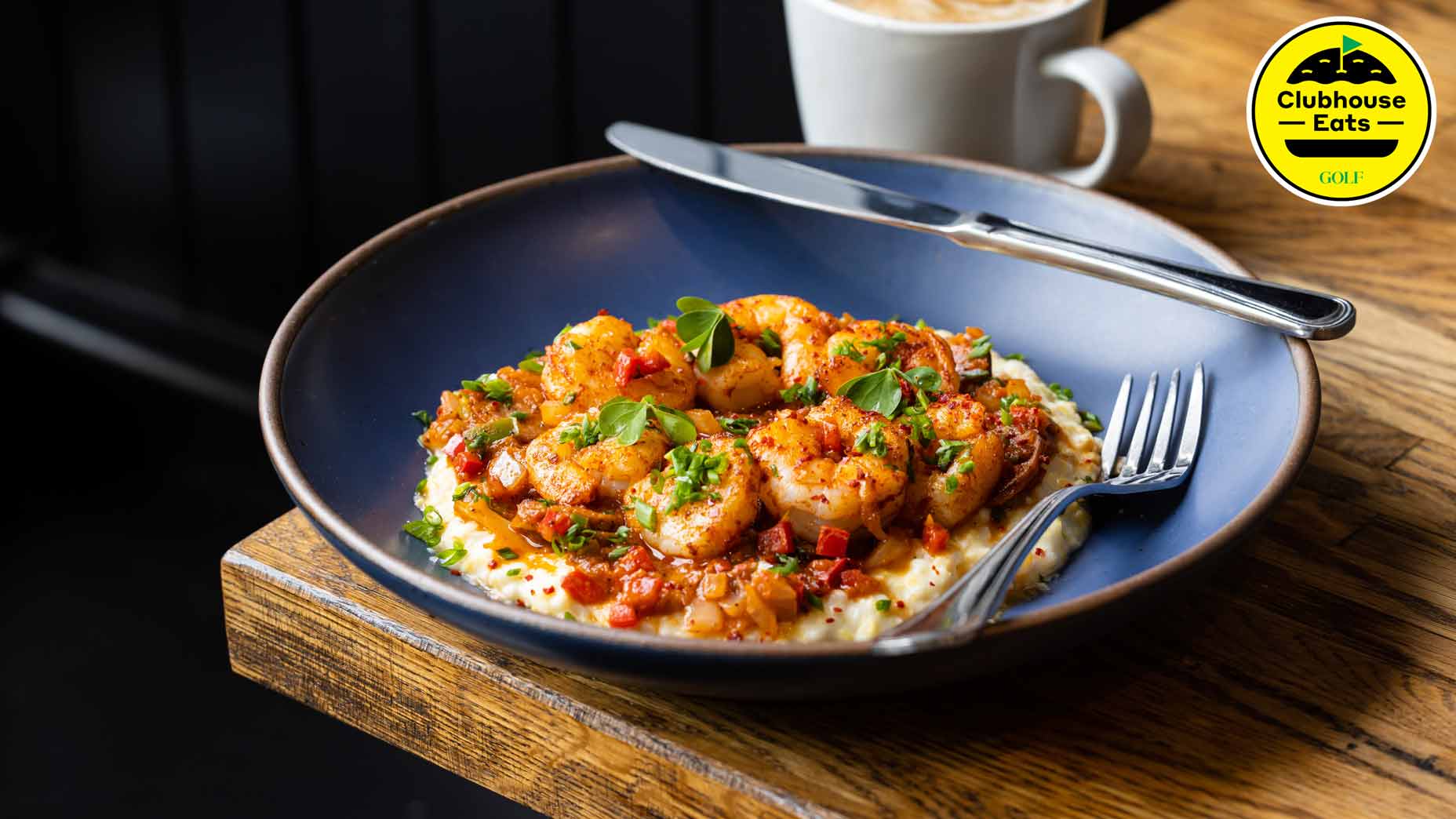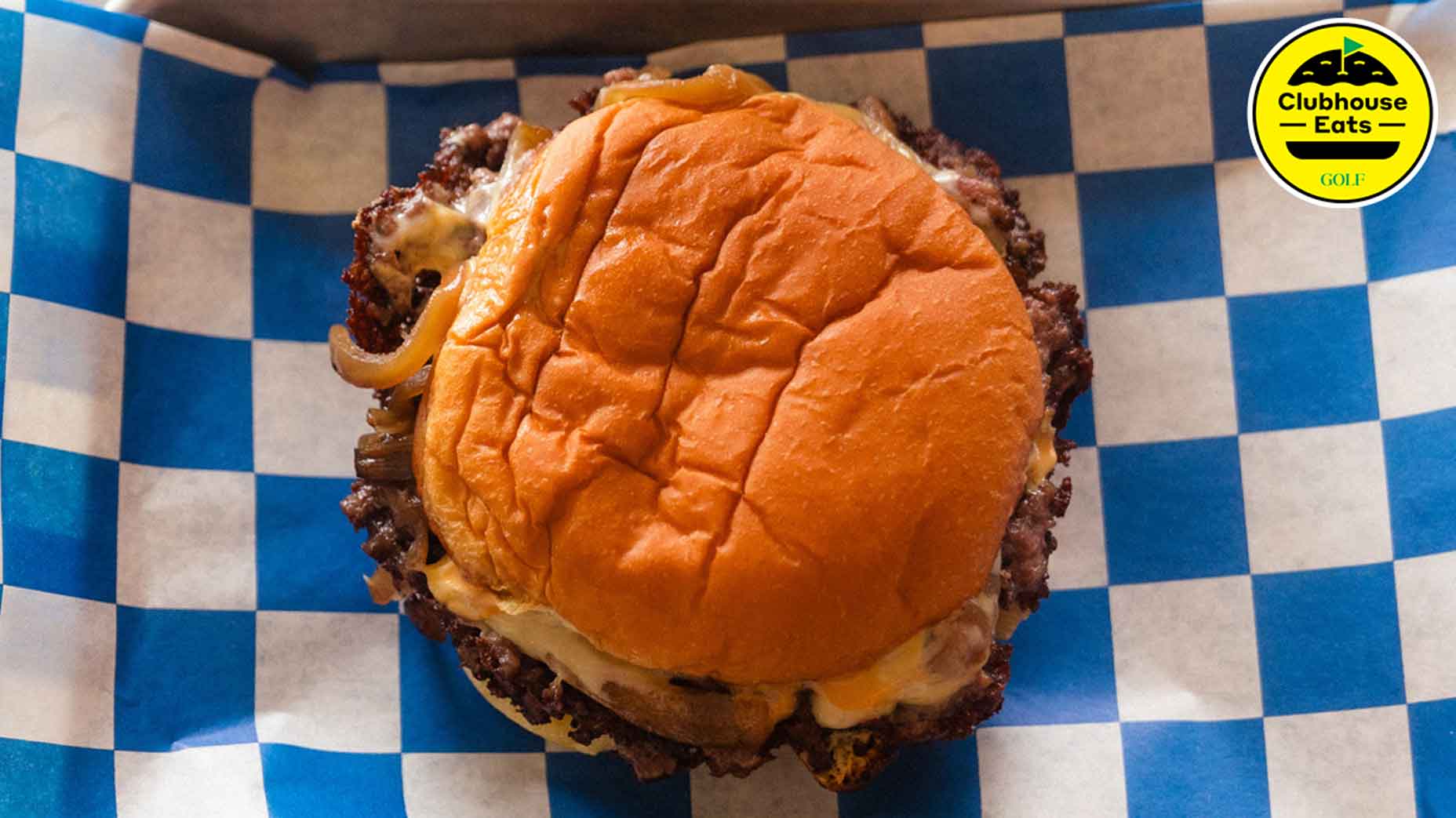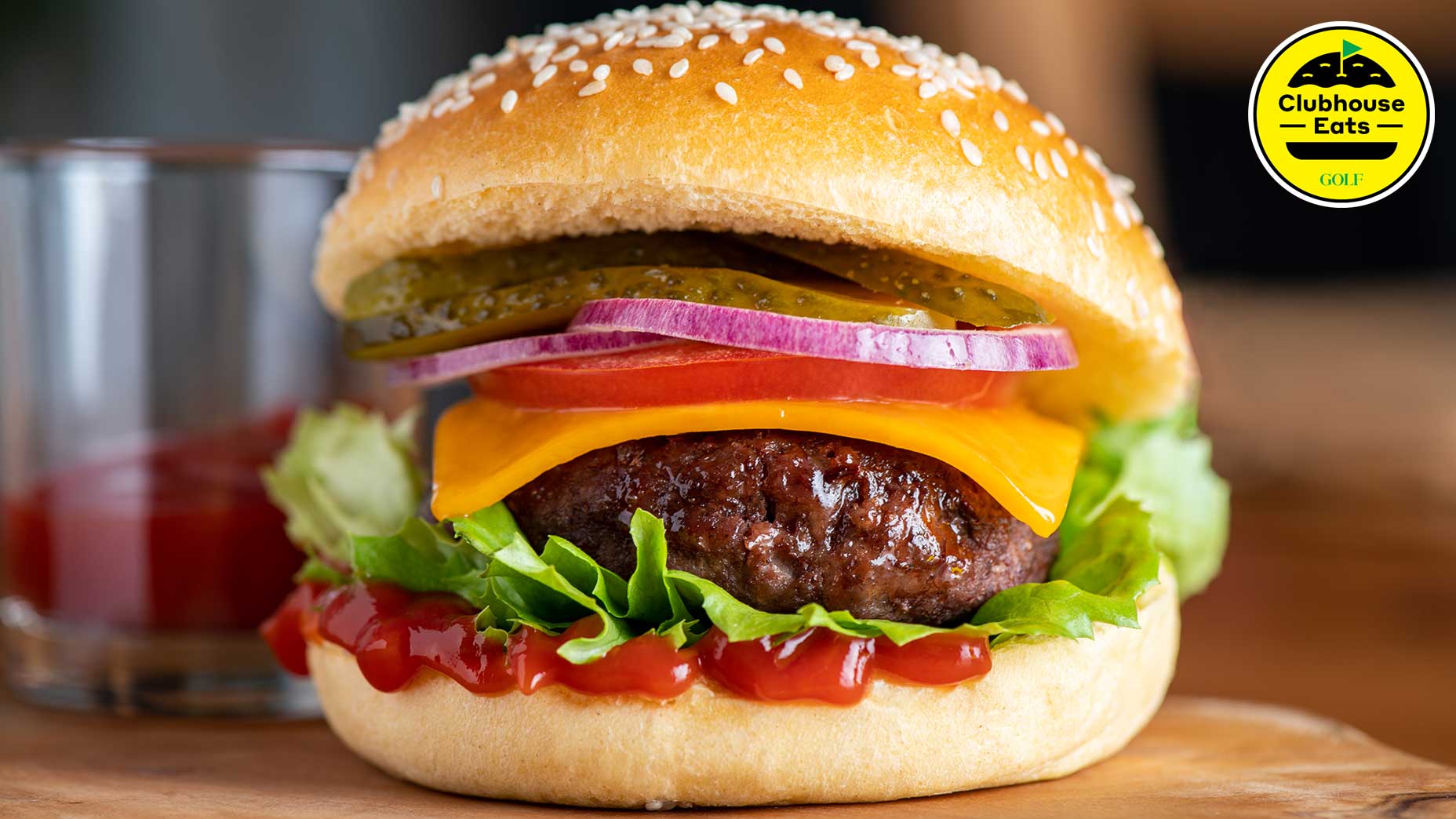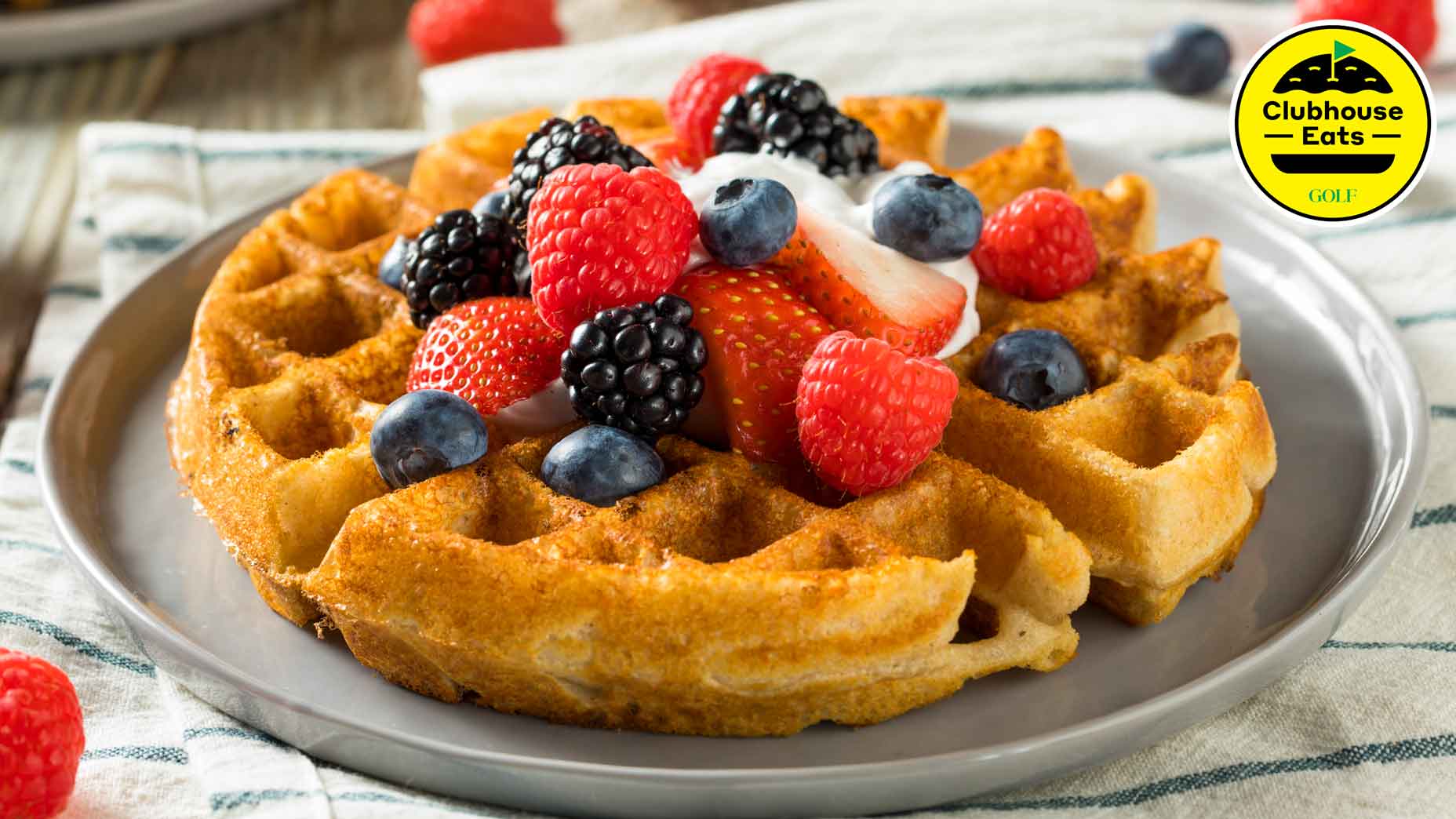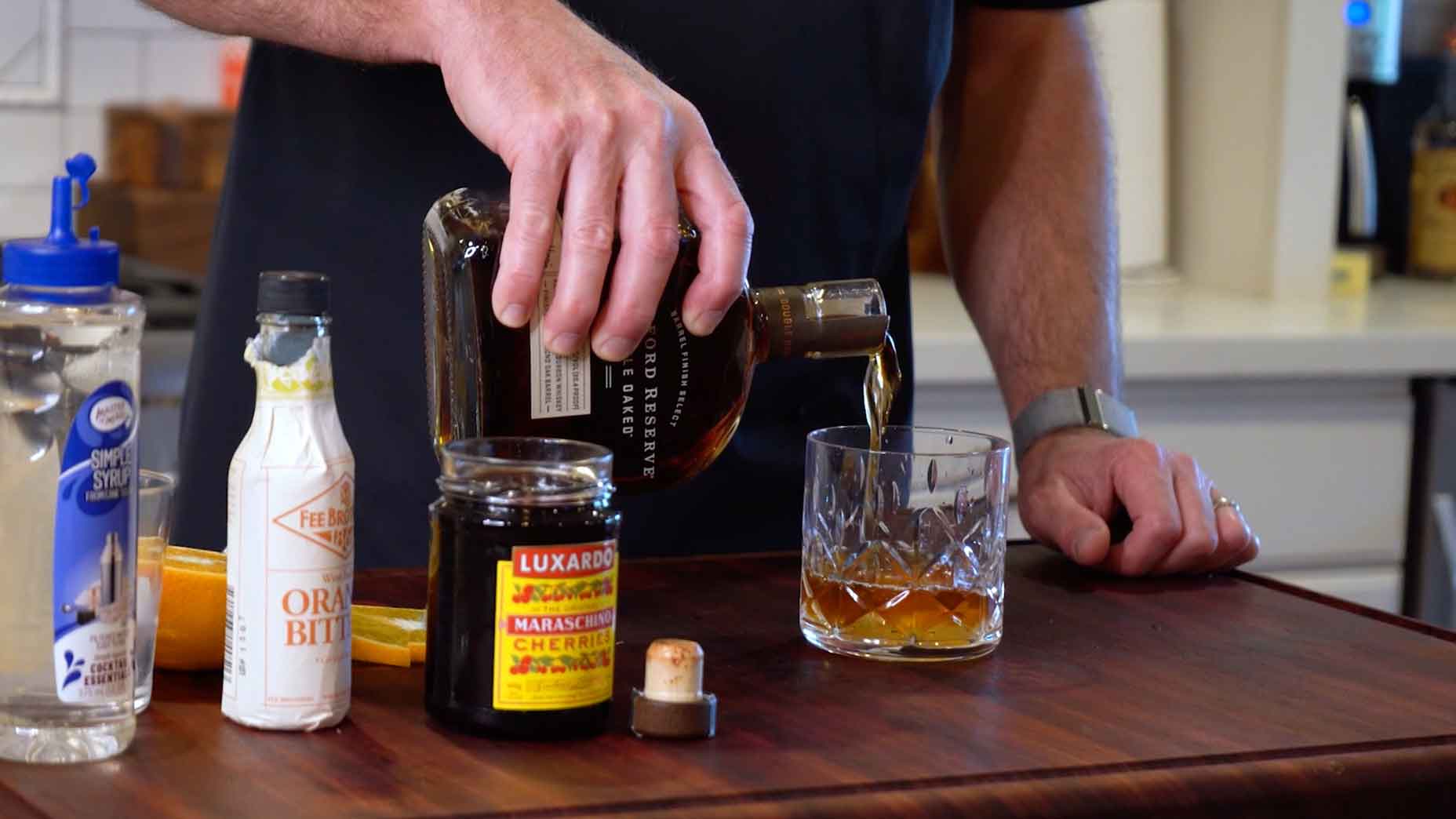A New Year’s guide to fresh juices and healthy smoothies, according to an expert
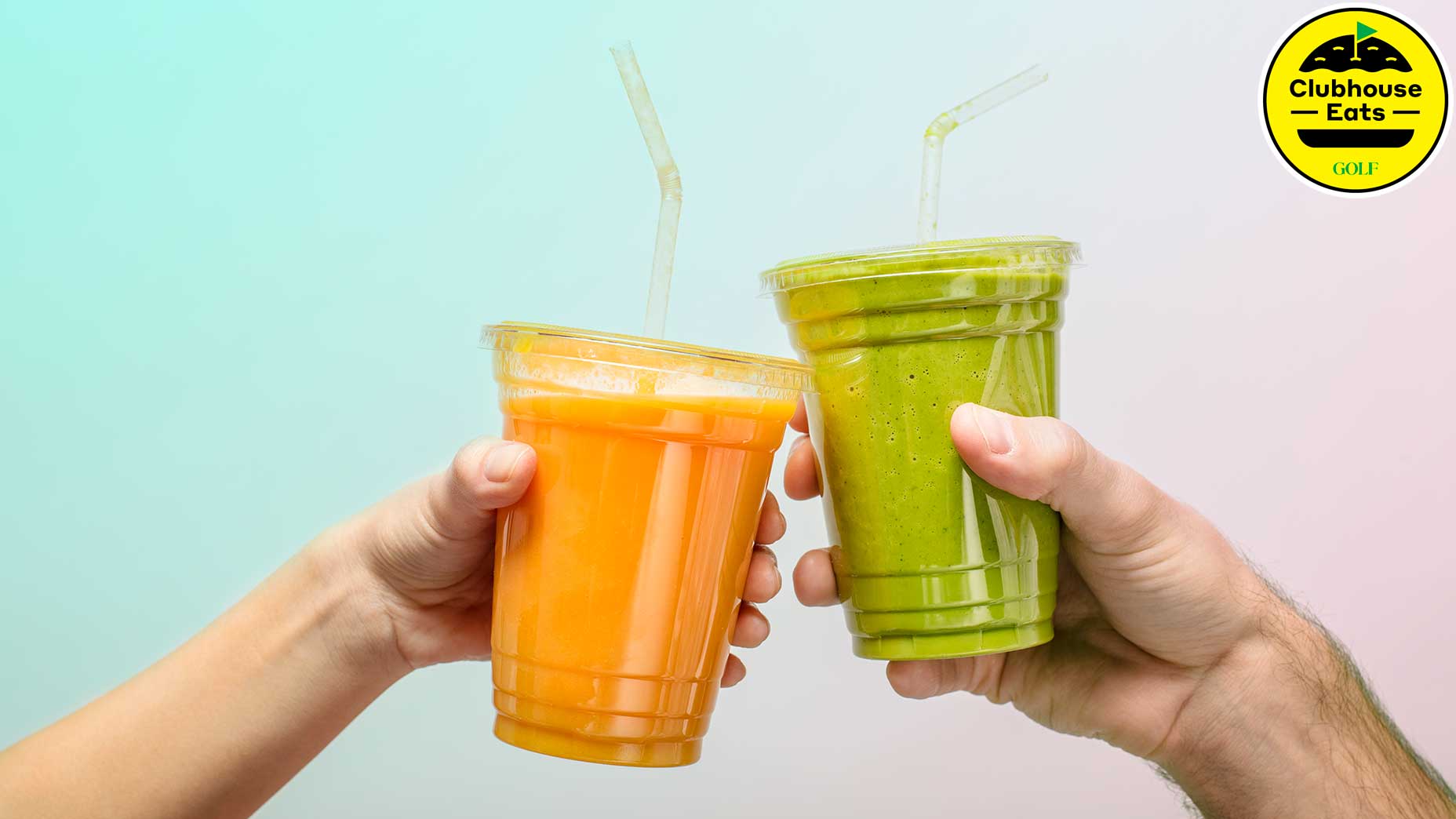
Aiming to jump-start those lifestyle changes in 2023 with homemade smoothies and juices? We asked an expert for his best tips.
Getty Images
It’s that time of year again, a time when we all chime in to sing Auld Lang Syne as clocks tick down the final moments of the year. And with a fresh calendar ahead, many of us commit to bold resolutions that revolve around living healthier, fitter lives. If that sounds like you, there are a few things that you should know — especially if you’re aiming to jump-start those lifestyle changes with homemade smoothies and juices.
To ensure that your made-from-scratch smoothies are really working for you, we sought the advice of Richard Brumm, the director of culinary operations at Bonita Bay Club, where half a dozen juices and more than half a dozen smoothies grace the menu at the property’s Wave Café.
Appearances Can Be Deceiving
The thought of introducing fresh juices and fruit-heavy smoothies into your diet may seem like a healthy choice, but in many instances, delicious smoothies are packed with tons of sugar and loads of carbohydrates. The same can be said for many fresh juices. Sixteen ounces of carrot juice, for example, carries 17 grams of sugar and 42 grams of carbohydrates.
“You have your vitamin C and you’re getting 50 percent of your daily value of vitamin B, but there are costs to that,” Brumm says. “You’re getting almost 20 percent of your suggested daily intake of carbohydrates in those 16 ounces of juice.”
The same can be said about smoothies. A lot of the time, they only seem healthy.
“Quite honestly,” he says, “if you’re having a smoothie and it tastes like dessert, there’s a good reason for that.”
Substitute, Not Supplement
A common mistake is to think of a smoothie as an add-on or a supplement to be enjoyed in between meals. In reality, given the macronutrients (and calories) that many smoothies contain, it’s best to approach them as a meal replacement.
“It’s about making smart choices,” Brumm says. “If a smoothie is part of a healthy eating plan and an understood concept, then it makes sense.”
Timing Is Everything
Brumm is quick to point out that he’s not a dietician, but in his opinion, a fruit-, vegetable-, and superfood-packed smoothie is ideal in the morning.
“They’re great after workouts,” he says, “when your body is in overdrive and in need of those nutrients to repair itself.”
It’s Easy Being Green
While smoothies run the risk of being less healthy than you think — given all of the sugars and carbohydrates that they usually contain — focusing more on vegetables with your recipe is a good way to keep those blended beverages on the healthier side.
“I’m always adding spinach if I can — it’s a great way to get a serving of vegetables,” says Brumm, who also advocates other leafy greens such as kale and Swiss chard, which are equally beneficial. “If you’re going heavy with other fruits, it just blends into the background, and you’re adding iron and all those green micronutrients.”
The same can be said for juices. In other words, green is typically good.
“Green juices are going to have the most nutritional benefit,” says Brumm, who likes to pair leafy greens with carrots, apples and/or ginger for flavor, not to mention protein powder for added nutritional benefit (see Green Goddess juice recipe below). “That’s where you’re going to get the most bang for your buck.”
Superfoods to the Rescue
In addition to incorporating high-quality protein powder in a smoothie, Brumm points to a number of superfoods as equally great ingredients. In particular, Brumm highlights acai powder or Spirulina — a green power boost. He also likes Blue Magic, a form of Spirulina made from seaweed. And then there are items such as chia seeds, hemp seeds, bee pollen, flax, goji berries and matcha powder.
“These products are readily available at organic grocery stores like Whole Foods Market,” he says.

Stick with the Seasons
As for other tips and strategies to pack your smoothie with as much nutritional value as possible, Brumm urges everyone to think about the seasons and to also keep it close to home.
“We like to focus on local, organic seasonal fruits and vegetables,” he says. “That’s your basis for getting those nutrients into a smoothie.”
How to Make Wave Café’s Green Goddess Juice (Recipe created by Allison Waite)
Ingredients:
900g Granny Smith apple
675g European cucumber
650g Celery
150g Spinach
100g Tuscan Kale
40g Lemon (peeled)
30g Fresh ginger (peeled)
20g Italian parsley
4 scoops WAYT Vanilla protein powder
Preparation: Process all vegetables through a juicer. Transfer juice to a blender with protein powder and desired amount of ice. Process until smooth. Will keep for five days in the refrigerator. Makes 4 servings.
How to make Wave Café’s The Orange Dream Smoothie (Recipe created by Allison Waite)
Ingredients:
1 medium banana
8 oz. fresh-squeeze orange juice
8 oz. fresh almond milk
1 scoop WAYT Vanilla protein powder
6 oz. ice
Preparation: Combine all ingredients in a Vita-Mix blender and process until smooth and creamy. Garnish with a fresh orange ring and a strawberry slice. Makes 2 servings.
Shaun Tolson is a freelance writer based in Rhode Island. When it comes to golf, he covers everything from architecture, course reviews, and travel, to equipment, gadgets and gear, and feature profiles. As a lifestyle writer, his expertise is rooted in the finer things in life — wine and spirits, luxury automobiles, private aviation, hotels & resorts, fine dining, and more.



